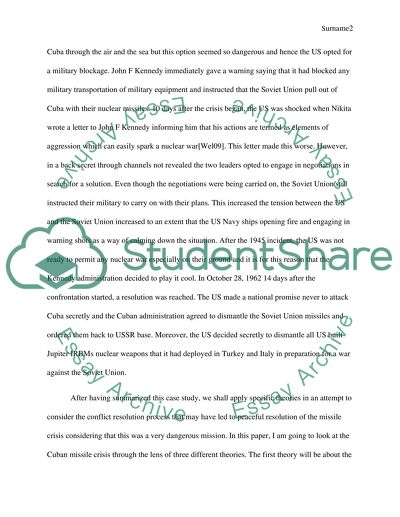Cite this document
(“Cuban Missile Crisis - Political Theory Analysis Essay”, n.d.)
Retrieved from https://studentshare.org/history/1495151-cuban-missile-crisis-political-theory-analysis
Retrieved from https://studentshare.org/history/1495151-cuban-missile-crisis-political-theory-analysis
(Cuban Missile Crisis - Political Theory Analysis Essay)
https://studentshare.org/history/1495151-cuban-missile-crisis-political-theory-analysis.
https://studentshare.org/history/1495151-cuban-missile-crisis-political-theory-analysis.
“Cuban Missile Crisis - Political Theory Analysis Essay”, n.d. https://studentshare.org/history/1495151-cuban-missile-crisis-political-theory-analysis.


